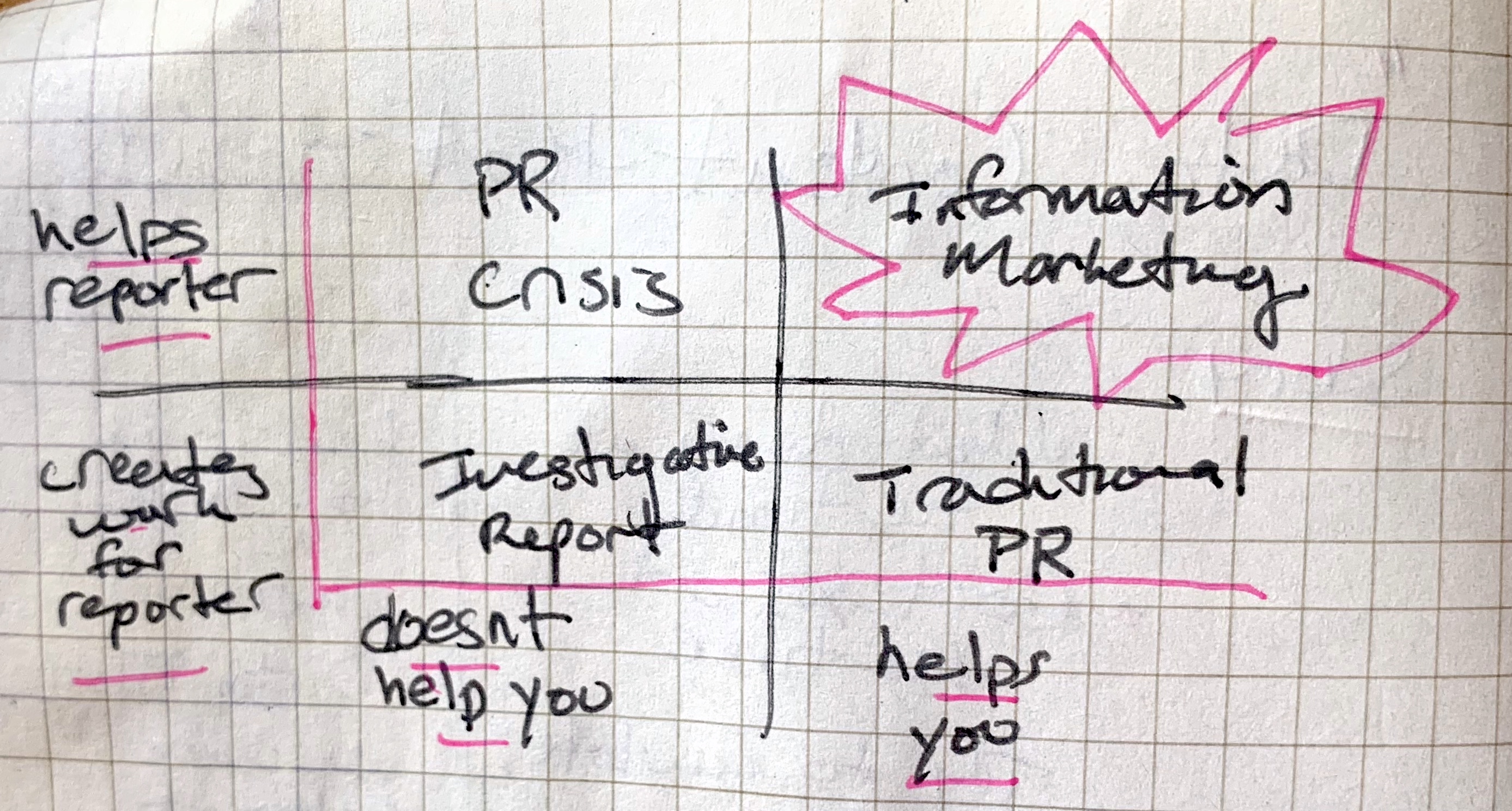Difficult workshops and vulnerability
From Marshal B. Rosenberg’s Nonviolent Communications:
“The Most Arrogant Speaker We’ve Ever Had!”
This dialogue occurred during a workshop I was conducting. About half an hour into my presentation, I paused to invite reactions from the participants. One of them raised a hand and declared, “You’re the most arrogant speaker we’ve ever had!”
I have several options open to me when people address me this way. One option is to take the message personally; I know I’m doing this when I have a strong urge to either grovel, defend myself, or make excuses. Another option (for which I am well-rehearsed) is to attack the other person for what I perceive as their attack upon me. On this occasion, I chose a third option by focusing on what might be going on behind the man’s statement.
MBR: (guessing at the observations being made) Are you reacting to my having taken thirty straight minutes to present my views before giving you a chance to talk?
Phil: No, you make it sound so simple.
MBR: (trying to obtain further clarification) Are you reacting to my not having said anything about how the process can be difficult for some people to apply?
Phil: No, not some people—you!
MBR: So you’re reacting to my not having said that the process can be difficult for me at times?
Phil: That’s right.
MBR: Are you feeling annoyed because you would have liked some sign from me that indicated that I have some problems with the process myself?
Phil: (after a moment’s pause) That’s right.
MBR: (feeling more relaxed now that I am in touch with the person’s feeling and need, I direct my attention to what he might be requesting of me) Would you like me to admit right now that this process can be a struggle for me to apply?
Phil: Yes.
MBR: (having gotten clear on his observation, feeling, need, and request, I check inside myself to see if I am willing to do as he requests) Yes, this process is often difficult for me. As we continue with the workshop, you’ll probably hear me describe several incidents where I’ve struggled … or completely lost touch … with this process, this consciousness, that I am presenting here to you. But what keeps me in the struggle are the close connections to other people that happen when I do stay with the process.
From Brené Brown’s Daring Greatly: How the Courage to Be Vulnerable Transforms the Way We Live, Love, Parent, and Lead:
Last year I gave a talk on vulnerability to 350 SWAT team officers, parole officers, and jailers. (Yes, it was as intimidating as it sounds.) A SWAT officer walked up to me after the talk and said, “The only reason we listened to you is because you’re just as bad at being open as we are. If you didn’t wrestle with being vulnerable, we wouldn’t trust you one bit.”
